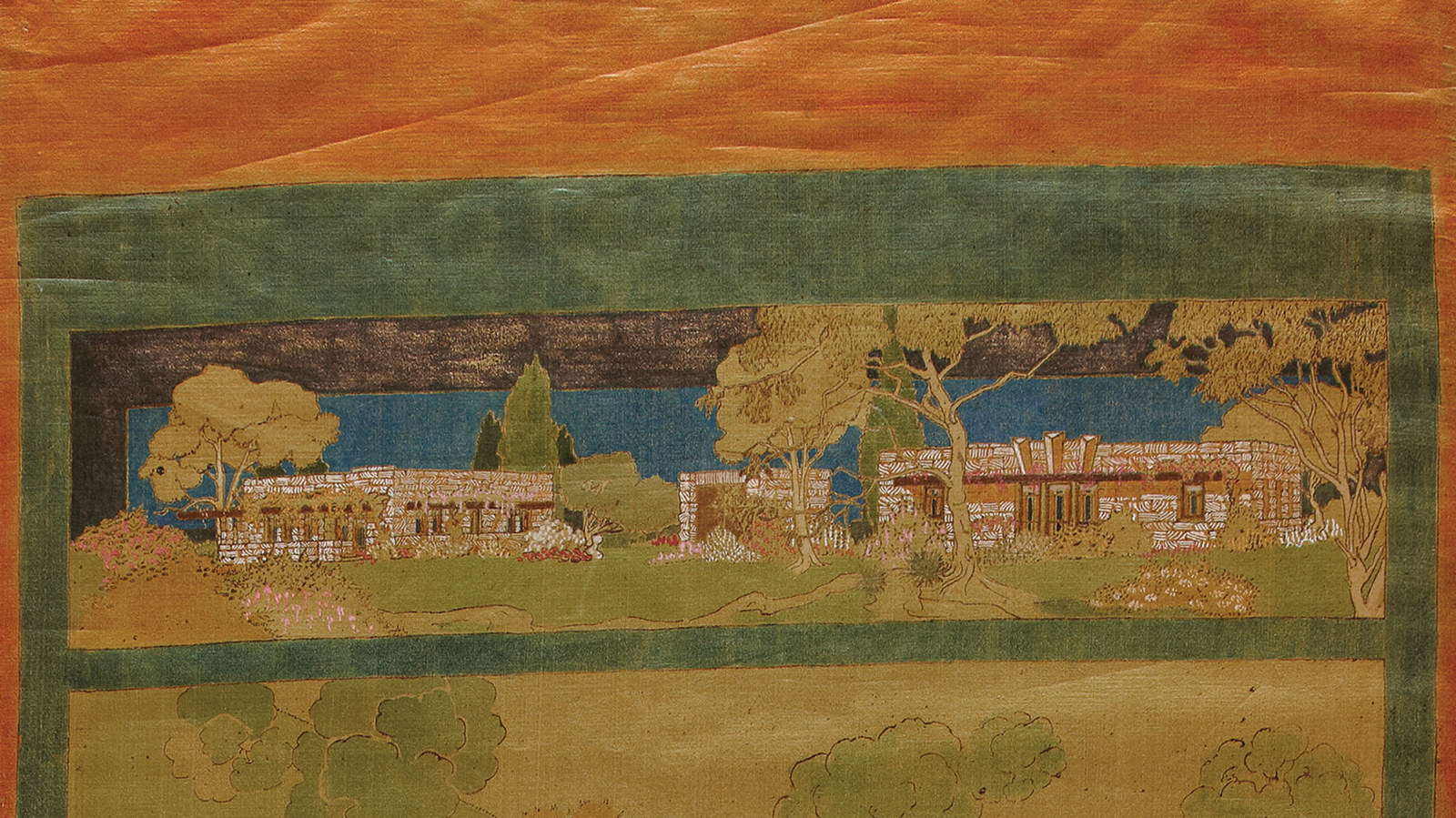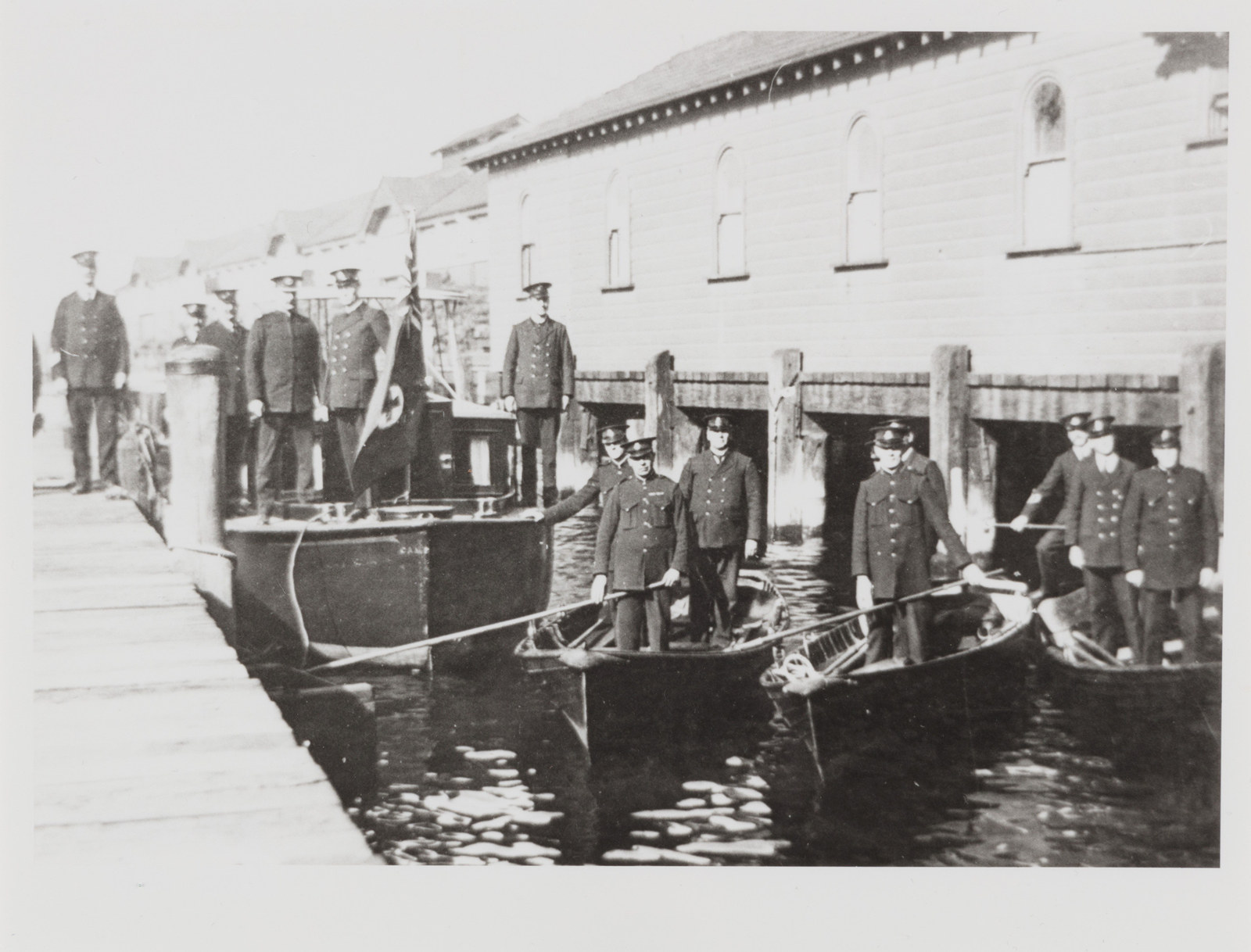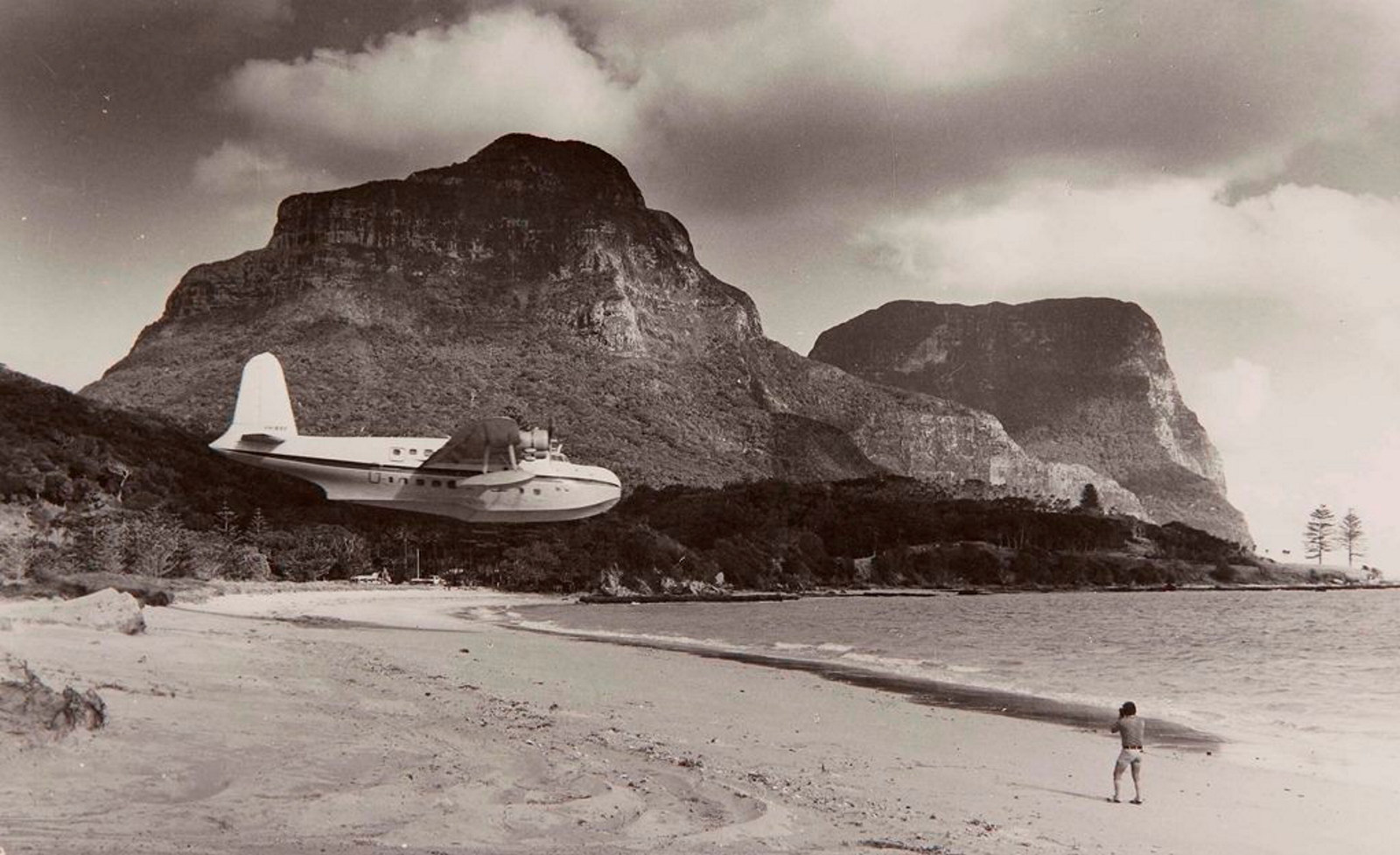Harbour views through time
More than 4000 striking images from the Sydney Harbour Trust and Maritime Services Board held in our State Archives Collection have recently been released online.
The large collection of images documents the work of the Sydney Harbour Trust and the later Maritime Services Board in the 20th century, but items date from as early as the 1870s until the late 1980s. The subject matter includes construction projects such as the creation of Hickson Road to link Circular Quay to Walsh Bay and Darling Harbour, wharves, key infrastructure, machinery used to modernise wharf operations, and promotional and educational images of the harbour and its foreshores.
The Sydney Harbour Trust was formed in 1901 to be responsible for the improvement and preservation of the Port of Sydney. It had a broad range of responsibilities, including the power to regulate the movement of vessels and the handling of cargo in the port, and to carry out dredging operations and remove wrecks. All foreshores, lighthouses and tugs within the harbour that belonged to the government were vested in the Trust. From 1936 onwards these duties were assumed by the Maritime Services Board.
A working harbour
The images reproduced here present Sydney Harbour as a working harbour, as well as a place of natural beauty. The image above, showing commuters at Circular Quay on 1 September 1936 – a Tuesday – offers a stark contrast with today’s bustling scenes. There’s a feeling of space and a slower pace of life. The same image from 2022 will reveal significant changes to the built environment and many more people, although the ferries remain a constant.
The vessel at the left of the image is the Manly ferry Baragoola. Launched in 1922, the ferry was in active service for 60 years, during which time Sydney Harbour and its foreshores were transformed. Sadly, the Baragoola sank on the evening of 1 January 2022, just six weeks before reaching her centenary.
The hand-coloured slide below shows an image of the first Government House (now the site of the Museum of Sydney) that’s likely derived from a lithograph titled Old Government House, Sydney: from the jetty, c1841, by J S Prout. The bleeding of ink around the edges of the slide provides a glimpse of the colourist’s hand at work.
This peaceful, bucolic scene, featuring fields and livestock, gives little indication that the site would one day sit at the heart of Sydney’s central business district. It might also be difficult for modern viewers to imagine Sydney Harbour with the crystalline blue waters depicted here.
A vulnerable collection
The State Archives Collection is a unique and irreplaceable part of our cultural heritage, a vast collection of over 14 million items dating from before European settlement to the present day. Audiovisual and photographic material in the Collection is vulnerable because of chemical breakdown and technological obsolescence. Digitisation is vital to save this material.
Thanks to the ongoing investment in the collection, these images are available online in high resolution for the first time. Our history is being brought to life and our past is preserved for future generations.
Published on
Related

Discover Paradise on Earth
Whether you’re a lover of design, architecture and art, or simply seeking an oasis in the CBD, this new exhibition invites you to reflect on the extraordinary story of architect Marion Mahony Griffin

Tragedy on Sydney Harbour
Sydney’s worst maritime disaster occurred out of the blue on a sunny spring day in 1927

Flying boats: Sydney's golden age of aviation
The 1930s were widely considered aviation’s ‘golden’ age, a time when modernity and luxury combined to define an era in world travel that will almost certainly never be repeated

Lennie Gwyther
Lennie ‘the Legend’ Gwyther spent his childhood running around the foothills of Leongatha in country Victoria with his four younger siblings and his prize-winning pony, Ginger Mick